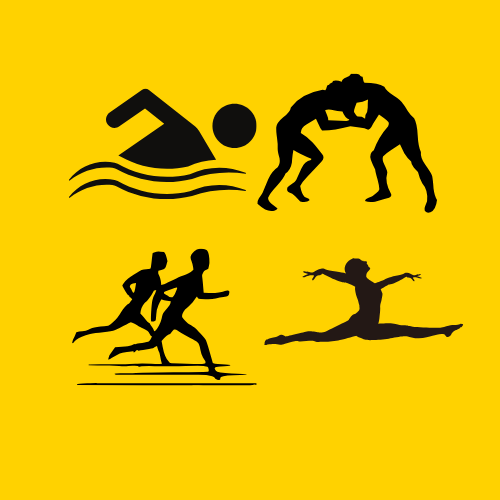
The Power of Breathing: Unlocking Efficiency in Freestyle Swimming
Freestyle swimming is not just about speed and technique; it heavily relies on how efficiently a swimmer manages their breathing. For anyone from athletes to parents of aspiring swimmers, mastering the art of breathing can be pivotal in enhancing performance in the water.
Understanding the Basics of Breathing in Water
In freestyle swimming, the position of your head relative to the water's surface plays a significant role in optimal breathing. Swimmers should aim to rotate their heads to the side rather than lifting them forward, which can disrupt body alignment and lead to inefficient strokes. This method allows for a natural and fluid breathing rhythm, maintaining momentum throughout the swim.
Common Misconceptions about Breathing Techniques
One prevalent myth about swimming is that holding breath longer equates to better laps. However, excessive breath-holding can lead to fatigue and diminished oxygen flow. It's essential to breathe regularly and rhythmically—every three strokes is a sound practice for many to maintain stamina and focus.
Tips for Enhancing Your Breathing Strategy
To improve breathing techniques, swimmers can practice drills that emphasize timing and coordination. Popular drills include the 'three-spot breathe,' where swimmers alternate their focus between breathing on one side, then the other, and finally integrating a breathe without a head turn. This exercise promotes balance and strengthens core muscles necessary for stable swimming.
Incorporating Breathing Techniques into Training
Coaches often suggest integrating breathing exercises into warm-ups. Simple activities such as counting strokes and coordinating breaths can enhance muscle memory. It's vital for athletes to practice in controlled environments, gradually introducing their breathing techniques during more challenging sets while ensuring they retain their composure under pressure.
Why Every Swimmer Should Value Proper Breathing
By emphasizing breathing practices, swimmers can unlock their potential to achieve more streamlined performances. Many athletes ignore the breath until fatigue settles in—this can lead to poor technique and wasted energy. Enhancing breath control can drastically improve overall performance, giving swimmers the stamina to outlast competitors.
Final Thoughts: Breathing as a Competitive Edge
The relationship between breathing and swimming cannot be overstated. Whether you're a seasoned athlete or a novice, mastering your breath can transform your approach to freestyle swimming. As you’ve learned, thinking differently about your breath can give you a competitive edge in the water. Don’t underestimate the power of mastering your breathing strategy; it’s the backbone of your swim.
 Add Row
Add Row  Add
Add 




Write A Comment